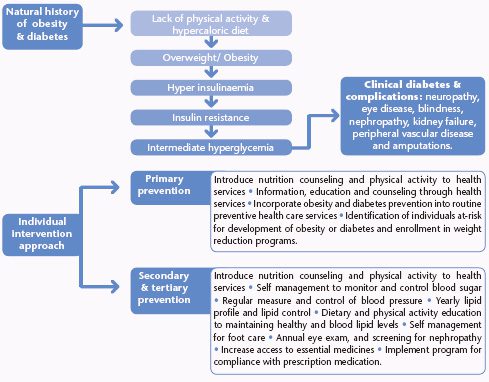Complications of Diabetes – Complementary Approaches
Từ chối trách nhiệm. Self-medication for diabetes can lead to serious problems. When starting a new treatment, watch your blood sugar very closely. It is also necessary to notify your doctor so that he can, if necessary, review the dosage of conventional hypoglycemic drugs. |
Cayenne (topically). | ||
Alpha lipoic acid, evening primrose oil, proanthocyanidins, ayurveda. | ||
Blueberry or blueberry. |
Cayenne (Capsicum sp.). The U.S. Food and Drug Administration has approved the use of creams, lotions, and ointments made with capsaicin (an active compound in cayenne) to relieve pain caused by bệnh thần kinh. Numerous studies attest to its usefulness in neuropathic pain caused by diabetes5-8 . These products relieve pain by locally and momentarily depleting the reserves of substance P, a neurotransmitter whose role is to trigger pain when the body is injured.
Liều dùng
Apply to affected areas, up to 4 times a day, a cream, lotion or ointment containing 0,025% to 0,075% capsaicin. It often takes up to 14 days of treatment before the analgesic effect is fully felt.
Skin Precautions and Reactions
Consult our Cayenne file to know them.
Alpha Lipoic Acid (ALA). In Germany, this antioxidant is a prescription drug for the treatment of bệnh thần kinh diabetic. In this country, it is often administered intravenously (not available in North America). Several clinical trials have demonstrated its effectiveness in this form. Its oral use is less documented and there is insufficient data to suggest a dosage.
chú ý
Alpha-lipoic acid may have the effect of lowering the glucose. It is necessary to monitor his blood sugar very closely and to notify his doctor so that he can, if necessary, review the dosage of conventional hypoglycemic drugs.
Dầu thơm buổi tối (oenothera biennis). The oil from evening primrose seeds contains gamma-linolenic acid (GLA), an omega-6 fatty acid that is normally formed in the body. Its anti-inflammatory effect is well known. There is little scientific evidence for its effectiveness. All the same, evening primrose oil could be useful in case of bệnh thần kinh mild diabetic or as adjuvant therapy for moderate neuropathy, when the efficacy of dược phẩm is only partial9.
Proanthocyanidins. Proanthocyanidins or oligo-proanthocyanidins (OPC) are a class of flavonoid compounds present in a large number of plants. Pine bark extracts (mainly maritime pine, but other species as well – PINE, resinous pine, etc.) and extracts of grape seeds from the red vine (Viêm vinifera) are currently the main sources of oligo-proanthocyanidins in commerce. They may help relieve symptoms of blood vessel disorders (for example, ulcers) and help in the treatment of rối loạn thị lực.
Ayurveda. Animal studies and a few clinical trials (on a small number of subjects) have uncovered the hypoglycemic, lipid-lowering and antioxidant effects of certain Ayurvedic herbs. Among the plants most evaluated during these clinical trials, we find the Coccina indicates sylvestre gymnema Momordica loài thú có túi Pterocarpus và Phyllanthus ảm đạm. Further studies will better assess the role that Ayurvedic medicine could play in preventing complications from diabetes.
Việt quất hoặc việt quất (Vaccinium sp). The anthocyanosides in the leaves of blueberries or bilberries are thought to contribute to vascular protection in diabetics, which would prevent or slow the progression of rối loạn thị lực và rối loạn tim mạch linked to diabetes. Positive results have also been obtained using standardized extracts of blueberry (the fruit).
Liều dùng
Clinicians, especially in Europe, make extensive use of the therapeutic effect of blueberries and bilberries.
- Sheets : infuse 10 g of leaves in 1 liter of boiling water and take 2 to 3 cups of this infusion per day.
- Trái cây tươi : eat 55 g to 115 g of fresh fruit, 3 times a day, or consume 80 mg to 160 mg of standardized extracts (25% anthocyanosides), 3 times a day.










